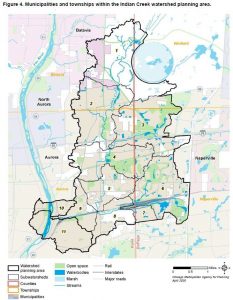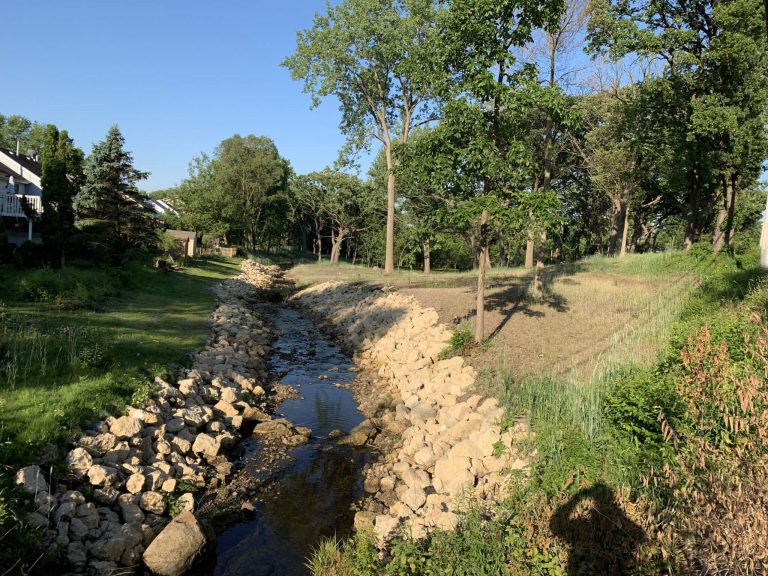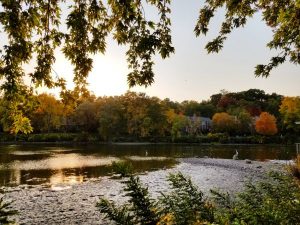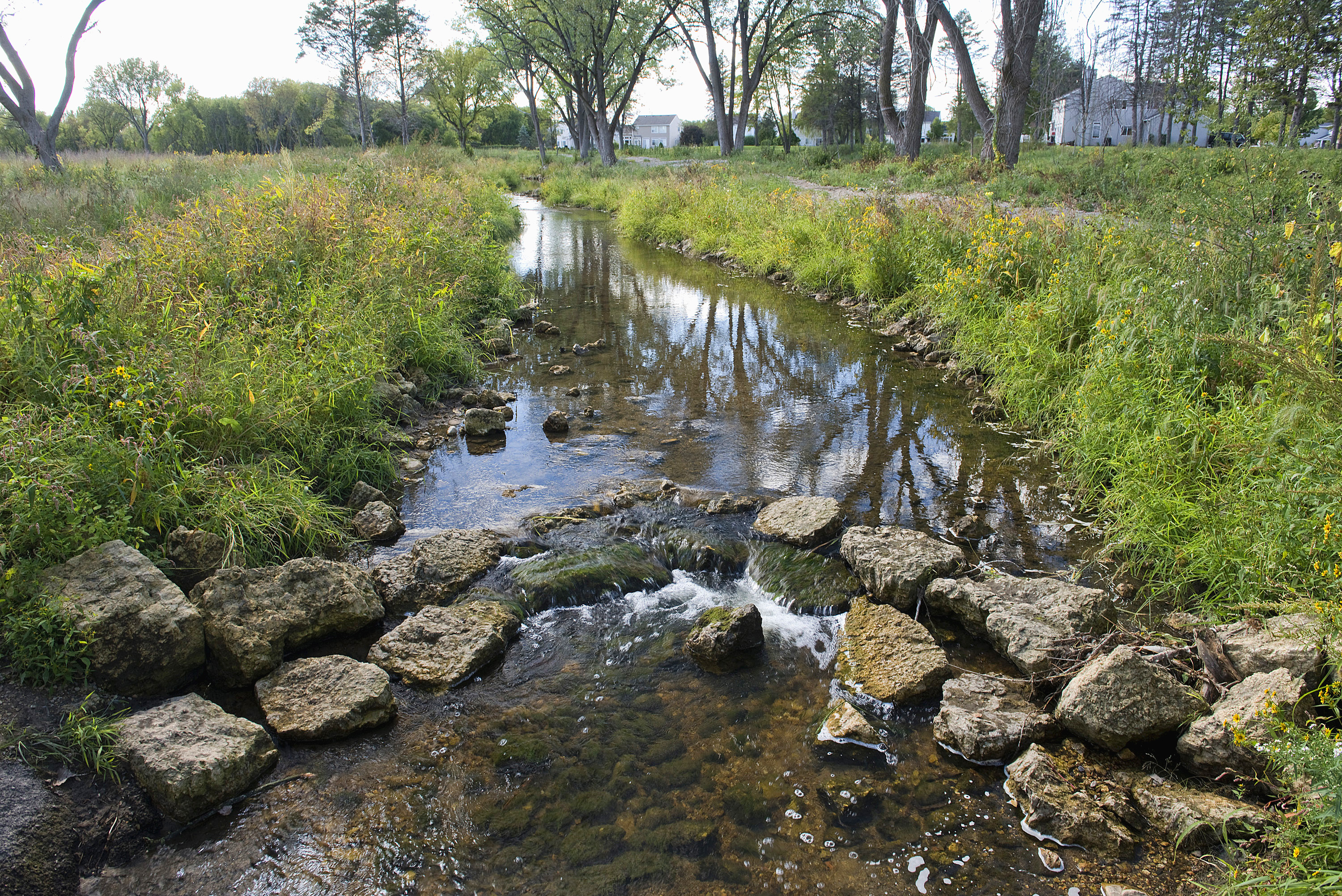By Gary Swick, President
2020 has been a spectrum of angst ranging from a dumpster fire, to a period of darkness, to great hope bestowed upon 2021 as the light. The holiday season is a festival of light from many different cultures’ traditions. All these traditions symbolize getting through the tough time of short days, fresh food scarcity, and anticipating the emergence of new life in the coming spring. 2020 is a tale of resilience. It has been an exceptionally dark period necessitating economic, mental, physical, and spiritual resilience.
Icons of Resilience
Rivers are icons for resilience. Always moving downstream, scouring the banks and bottom in high flows, depositing sediment and nutrients in lower levels, changing, renewing, and moving forward. We have been enduring a period of extreme drought economically, educationally, socially, and spiritually. We are working through it individually and as a community. It is demanding our resilience.
The COVID pandemic is a biological infection of human culture. It has been a series of mysteries to solve beginning with understanding transmission channels, to determining what mitigation and treatments can be socially implemented. Along the journey there has been a heavy toll with the loss of our fellow human beings and the economic structure. We are learning lessons in prevention, in adaptation of our various social systems, and about ourselves.
Young rivers have been flowing for tens of thousands for years, and for old ones for hundreds of thousands of years. In recent times, the rivers of our world have seen human infection of their systems damaging habitats through diverting, damming, and polluting the waterways. Rivers became sick from our infection. Once humans realized their mistakes and started taking action, resilient rivers responded by reestablishing their previous health. Where dams were removed, native fish and mussels returned. When wetlands were restored, waterfowl returned. Where chemical inputs were reduced, water quality recovered.
Hold the Salt and Runoff!
In communities throughout the Fox River Watershed, actions are being taken to restore the health of the river and its tributaries. Local  governments are utilizing de-icing pretreatment and using less chemicals on their roads, and new compounds that slow the increase in toxic salt accumulation in ground and surface waters.
governments are utilizing de-icing pretreatment and using less chemicals on their roads, and new compounds that slow the increase in toxic salt accumulation in ground and surface waters.
Storm water management practices are incorporating measures such as green infrastructure to replicate the natural systems that absorb rain where it lands. With each newly paved surface comes increased stormwater runoff. The resulting unnaturally high flows cause severe erosion of creek banks. Several projects are addressing repairs to those banks and redesigning the flows to reduce erosion and reestablish habitat. Detention basins are being redesigned to retain the storm surges with native vegetation that allows water to infiltrate to the root zones where it can be absorbed and used by plants. And a portion of the detained water returns to the atmosphere through transpiration.
Kane County is identifying every basin and in some cases is mapping the location of every flow under and above the ground. Much like our journey with the COVID pandemic, through research and mistakes we are learning to chart the best course to follow.
Planning Prevention

Subwatershed coalitions have formed and established plans to prevent further damage and restore the systems of some of the major tributaries in the Fox River Watershed. In Illinois these creeks include: Blackberry, Boone/Dutch, Ferson/Otter, Flint/Silver, Indian, Jelke/N. Fox, Silver/ Spring, Mahoney, Mill, 9 Lakes, Nippersink, Poplar, Tyler, Sequoit, Squaw, Woods.
In addition, here a few of the actions that some municipalities along the middle Fox River currently have in progress:
Algonquin – Souwanas Creek stabilization (erosion control)
Barrington – Flint Creek Dreamway
Batavia – Phosphorus reduction in wastewater, Mahoney Creek restorations, and progress on dam removal

Carpentersville – Lake Marian & Sleepy Creek restorations (habitat improvement)
Lake in the Hills – Woods Creek stabilization
McHenry County – Water Resources Action Plan 2020
Montgomery – Sensible Salting & Green Alleys program
St. Charles – 7th Avenue Creek restoration
Tower Lakes – passed an ordinance for annual septic maintenance
The River Shows the Way

Our Fox River experienced a dark period after human settlement. Through scientific study, legislative action, planning, and the continuing collaborative efforts by many communities, agencies, organizations, and individuals, we are seeing brighter days for the health of our watershed. If we reduce the negative human impacts, the resilient river will repair itself.
If we can use the river restoration efforts as an example, we too can restore the health of our society. It will take the same steps of study, laws/policies, planning, and a widespread unified will to achieve our goals. This applies to the repairing of racial and other injustices from our past, short term action for controlling COVID 19 in 2021, and the long term of climate change action through the next few decades. With resilience we will see the light ahead grow brighter.
Spring is coming, folks. Not just on the calendar but for humanity. From what we have learned through experience this past year, we can emerge with vigor and fortitude. We can do the necessary work, maintain faith in our goals, and realize a brighter future through mustering the resilience we see in rivers.


Great article for New Years Day!